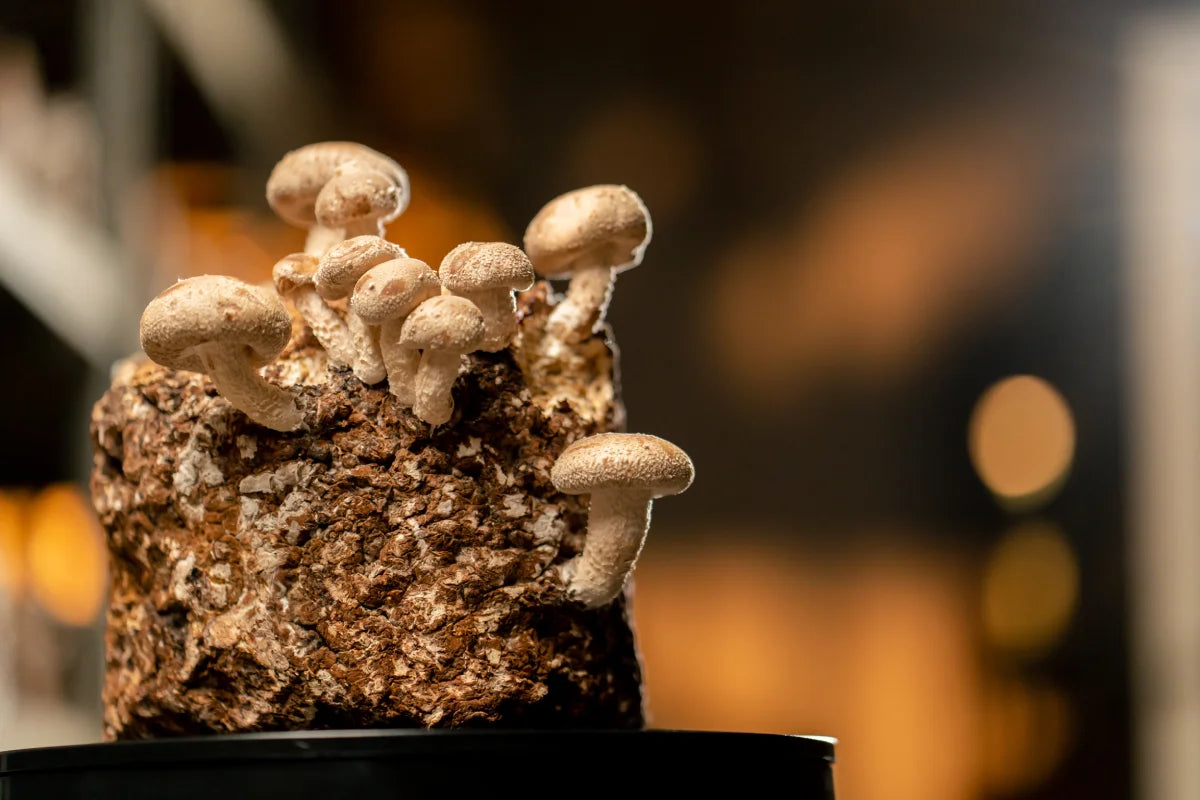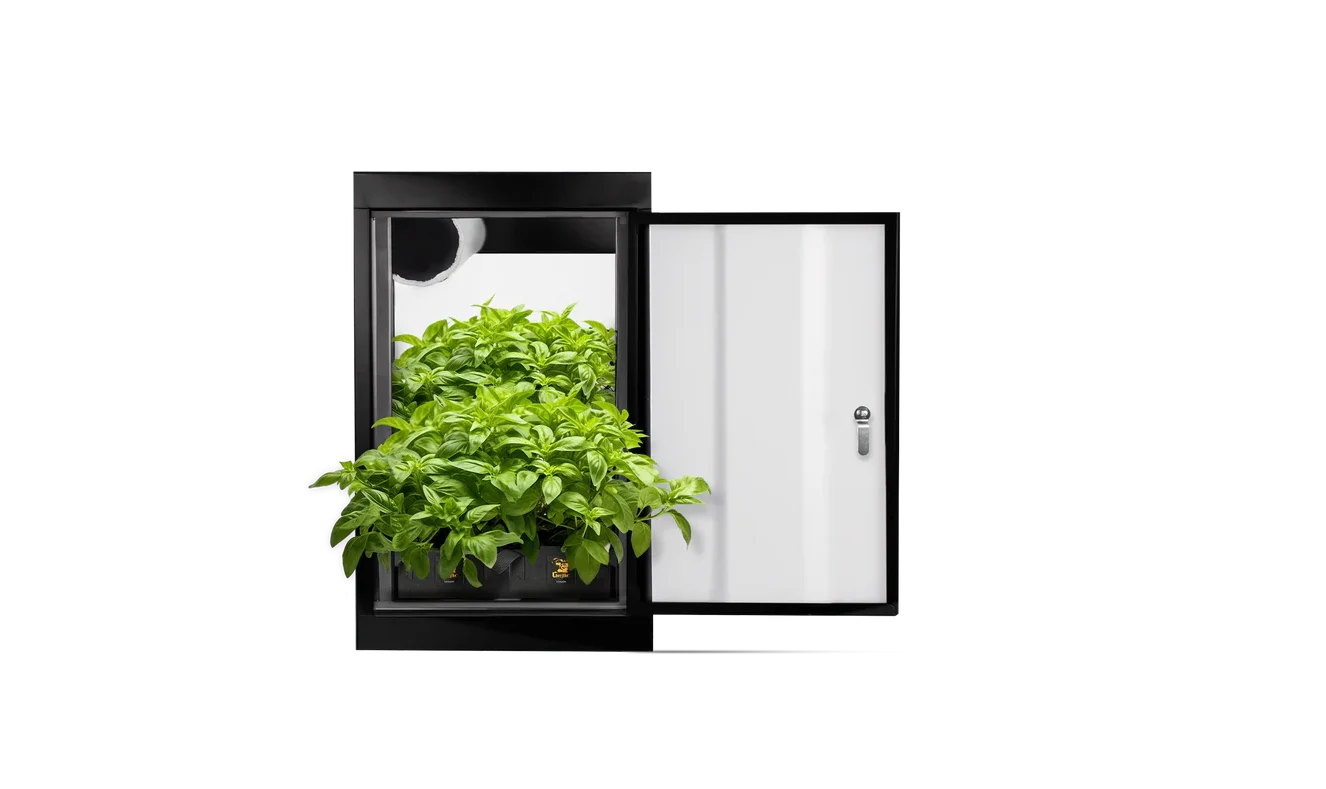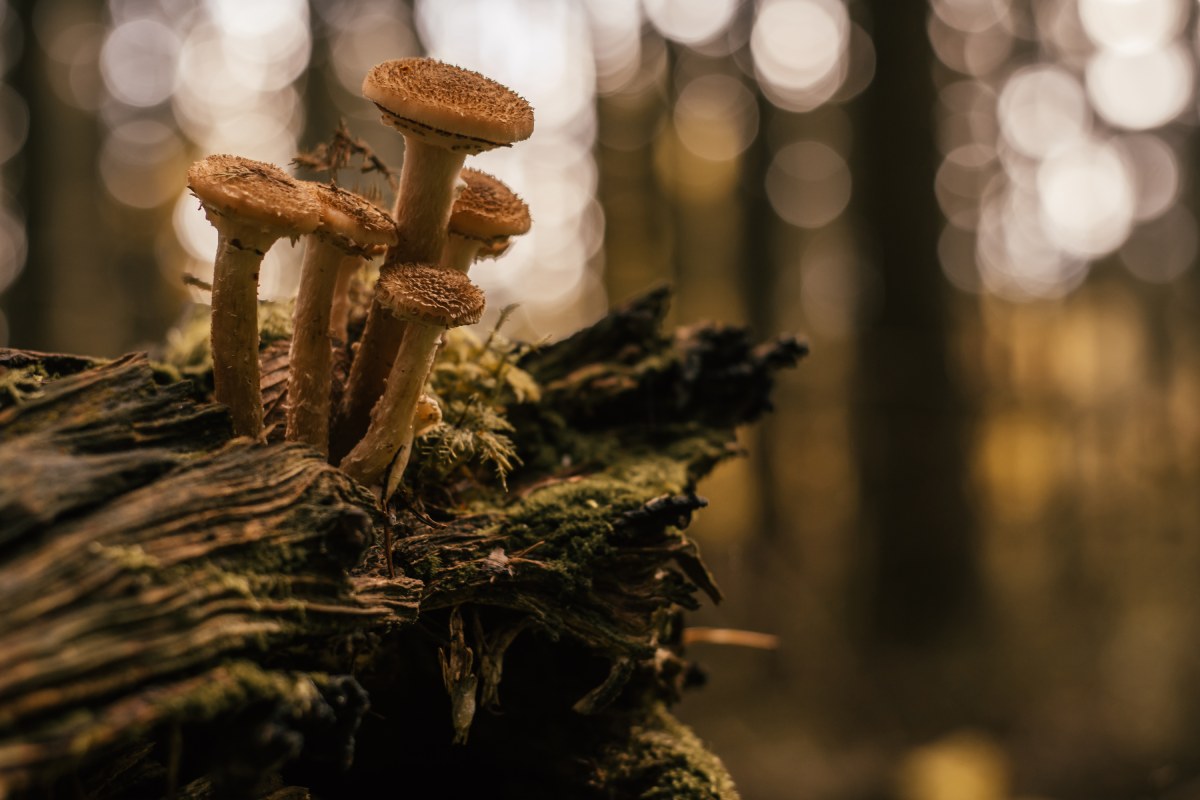
How to Grow Mushrooms: A Step-by-Step Guide for Beginners
Why Grow Mushrooms at Home?
Growing mushrooms at home is a rewarding and relatively simple process that yields fresh, delicious mushrooms for culinary and medicinal use. Whether you're interested in growing gourmet varieties like shiitake and oyster mushrooms or medicinal mushrooms like reishi, this guide will walk you through the steps to cultivate mushrooms at home. Growing your own mushrooms not only saves money but also allows you to enjoy their unique flavors and health benefits at their freshest.
What You Need to Start Growing Mushrooms
Before you begin, gather the following basic supplies needed to grow mushrooms at home:
- Mushroom Spawn: Mushroom spawn is essentially the “seed” used to grow mushrooms. Choose a spawn for the specific mushroom variety you want to grow, such as oyster, shiitake, or button mushrooms.
- Growing Medium: Different mushrooms grow best in specific mediums, such as straw, wood chips, or a mix of sawdust and straw. Oyster mushrooms prefer straw, while shiitake grows well on hardwood logs or sawdust.
- Growing Container: Many growers use buckets, bags, or trays for growing mushrooms indoors. If you’re growing outdoors, logs or beds may be more appropriate.
- Spray Bottle: Mushrooms need a humid environment, and a spray bottle is essential for misting and keeping them moist.
- Dark, Humid Location: Mushrooms thrive in dark, humid conditions, ideally with a temperature range between 60°F and 75°F, depending on the mushroom variety.
Step 1: Select Your Mushroom Variety
Choose the mushroom variety that best suits your space, climate, and desired flavor. Here are a few popular options for beginners:
1. Oyster Mushrooms
Oyster mushrooms are among the easiest to grow and are known for their delicate flavor. They can grow on straw, sawdust, or coffee grounds and thrive in cooler temperatures, making them ideal for indoor growing.
2. Shiitake Mushrooms
Shiitake mushrooms have a rich, earthy flavor and are often grown on hardwood logs or sawdust. While they take longer to fruit than oyster mushrooms, shiitake mushrooms are relatively low-maintenance and yield well in indoor and outdoor environments.
3. Button Mushrooms
Button mushrooms are the classic white mushrooms found in grocery stores. They grow well on composted manure or soil and are suitable for indoor cultivation, making them a popular choice for home growers.
Step 2: Prepare the Growing Medium
The growing medium is essential to mushroom cultivation, as it provides the nutrients necessary for mushroom growth. Prepare the substrate based on the type of mushroom you’re growing:
- Oyster Mushrooms: Pasteurize straw by soaking it in hot water for 1-2 hours, then drain and allow it to cool.
- Shiitake Mushrooms: If using hardwood logs, soak them in water for 24 hours. For sawdust, steam or heat-pasteurize to remove contaminants.
- Button Mushrooms: Use composted manure or mushroom compost. Sterilize or pasteurize the compost to remove any competing organisms.
Step 3: Inoculate the Growing Medium
Inoculating the substrate involves adding mushroom spawn to the prepared growing medium. Here’s how to do it:
For Indoor Growing
In a clean area, mix the spawn evenly into the substrate, ensuring it is distributed throughout. Place the inoculated substrate into a growing container, such as a bag, bucket, or tray. Loosely cover the container with a plastic bag or lid to maintain humidity while allowing some airflow.
For Outdoor Growing
If growing shiitake or other outdoor-friendly mushrooms, drill holes into a hardwood log and fill each hole with spawn. Seal the holes with wax to protect the spawn and prevent contamination. Place the log in a shaded, humid area outdoors.
Step 4: Create the Ideal Environment
Mushrooms require a dark, humid environment to grow. Here are tips to ensure optimal conditions:
- Temperature: Keep the growing area at a temperature suitable for your mushroom variety. Oyster mushrooms prefer 60-75°F, while shiitake can tolerate slightly cooler temperatures.
- Humidity: Mist the growing container with water once or twice daily to maintain 80-90% humidity. Consider using a humidity tent or placing a humidifier nearby if growing indoors.
- Light: Mushrooms don’t need much light to grow, but indirect light can help trigger fruiting. Avoid direct sunlight, which can dry out the substrate.
Step 5: Wait for the Mycelium to Colonize
The mycelium is the white, thread-like structure that grows from the mushroom spawn and colonizes the substrate. This process can take several weeks, depending on the mushroom variety. During this time, keep the substrate moist and avoid disturbing the setup. Once the mycelium fully colonizes the substrate, it will be ready for fruiting.
Step 6: Fruiting and Harvesting the Mushrooms
After the mycelium has colonized the substrate, the mushrooms will begin to fruit, forming small pins that grow into mature mushrooms. To encourage fruiting:
- Increase Fresh Air: Slightly open the container or remove the cover to allow more fresh air, which helps trigger fruiting.
- Maintain Humidity: Continue misting the substrate daily to prevent the mushrooms from drying out.
Mushrooms are typically ready to harvest within a week of pinning. Harvest them by gently twisting or cutting them at the base. Avoid pulling, as this can damage the mycelium and reduce future yields.
Tips for Growing Mushrooms Successfully
Here are some additional tips to help you grow healthy, abundant mushrooms:
1. Use Clean, Sterile Tools
Contamination is one of the biggest challenges in mushroom cultivation. Always use clean, sterile tools and containers, and wash your hands before handling the substrate.
2. Monitor for Contaminants
Keep an eye on your growing setup for signs of mold or other contaminants. If you see green or black mold, remove the affected area immediately to prevent it from spreading.
3. Experiment with Different Varieties
Once you’ve mastered growing one type of mushroom, try experimenting with different varieties. Each type has unique growing requirements, so learning new methods can be a fun and rewarding experience.
Final Thoughts: Growing Mushrooms at Home
Learning how to grow mushrooms at home is a rewarding process that brings fresh, flavorful mushrooms straight to your kitchen. Whether you're growing oyster, shiitake, or button mushrooms, following these steps and providing the right care will set you up for success. With patience and practice, you’ll be able to enjoy a steady supply of homegrown mushrooms all year round.
Frequently Asked Questions
- Can I grow mushrooms indoors? Yes, many varieties of mushrooms grow well indoors. You’ll need a dark, humid environment and a suitable container to get started.
- How long does it take to grow mushrooms? The time varies by mushroom type but generally takes between 2-6 weeks from inoculation to harvest.
- Do mushrooms need sunlight to grow? No, mushrooms do not need sunlight for photosynthesis. However, indirect light can help trigger fruiting once the mycelium is fully colonized.


